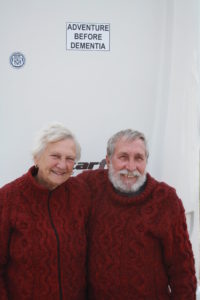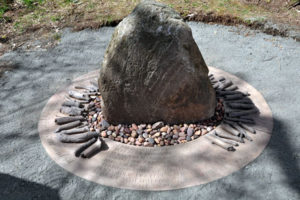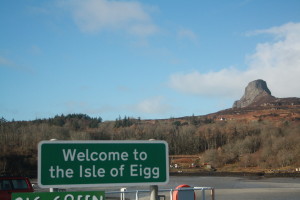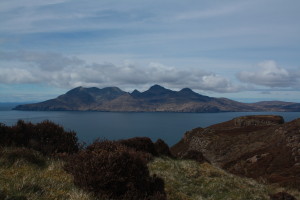I’m in northern Spain at the moment and it’s an interesting time to be in the country. Of course there’s little sign here on the streets of any of the upheaval currently contorting Catalonia, but when we turn on the TV news it’s right there at the top: police raids on regional government officials, protests, endless pictures of politicians, rapid-fire Spanish news delivery, and on the slightly more downmarket channels even more rapid-fire delivery. I keep expecting them to say “scorchio…”
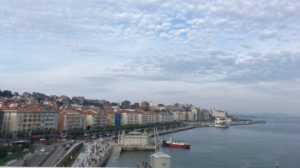
We can’t understand much but with a bit of help from Google it’s fascinating viewing, and of course no-one who lives in Scotland can fail to think a bit of “what if…”
One small detail of our trip pointed maybe to one big difference. We’re here to surf and enjoy the fantastic beach resort of Somo, with its cafes and and seafood and dusty streets and warm September sun, but we also planned to do a few walks in the local countryside, and being me I wanted an Ordnance Survey-style map. Just so I could get us lost better …
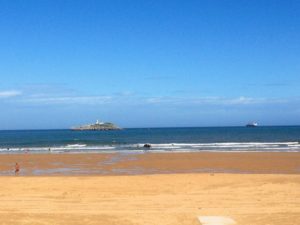
I’d failed to buy one off the internet in time before we headed abroad, so we asked in this fair-sized town, and no-one here had such a thing. We went to the recommended bookshops in Santander, a substantial city, and still no detailed topographical maps.
Finally a bright spark understood our pidgin Spanish and directed us to the right place: a government office.
After a half-hour trek across the city, we showed photo ID before being allowed in to the building, and marched straight into what turned out to be the local equivalent of the JobCentre. After a quick baffled look we then found the map repository, where the helpful English-speaking woman in charge sold us a 1:50000 sheet of the surrounding area. Bingo.
But why was it so hard? Why didn’t tourist info, the local garage, the bookshops, have a simple walking map?
Google wasn’t that helpful except for one suggestion: that maps in Spain were until comparatively  recently the preserve of the military.
There would of course have been every reason why Franco and his forces would not want the troublesome populace to get their hands on maps. Spain only emerged from his shadow in the 1970s, 40-odd years ago. Could this have been a hangover from those times – with no tradition of bookshops selling good maps, everyone just assumes you get them off the Government?
It’s a tiny detail (and talking of detail, that 1:50000 doesn’t have a lot that’s much use …) but it made me for one reflect on the newness of democracy here and the fragility of it; why the Spanish government has acted the way it has in the face of the planned referendum; and what could happen to this important corner of Europe in these uncertain times …


